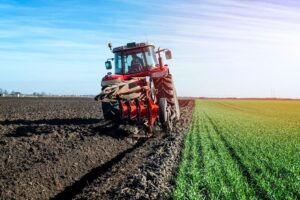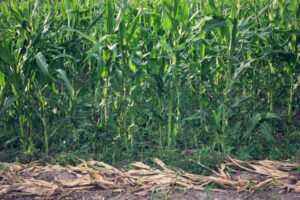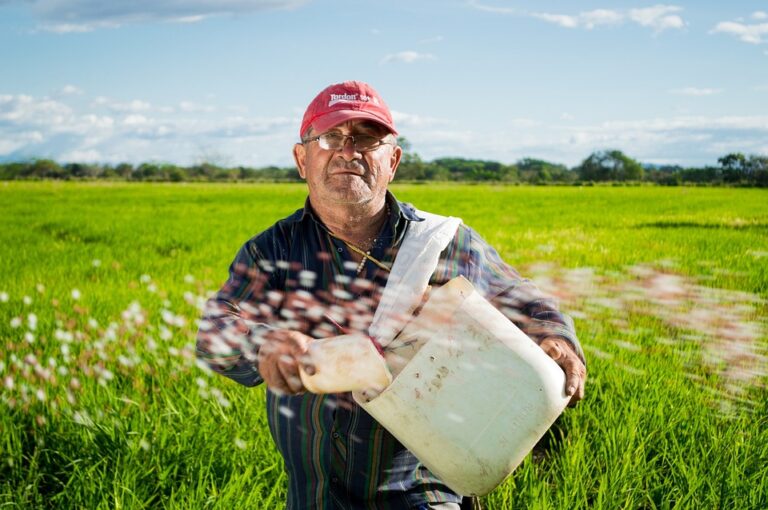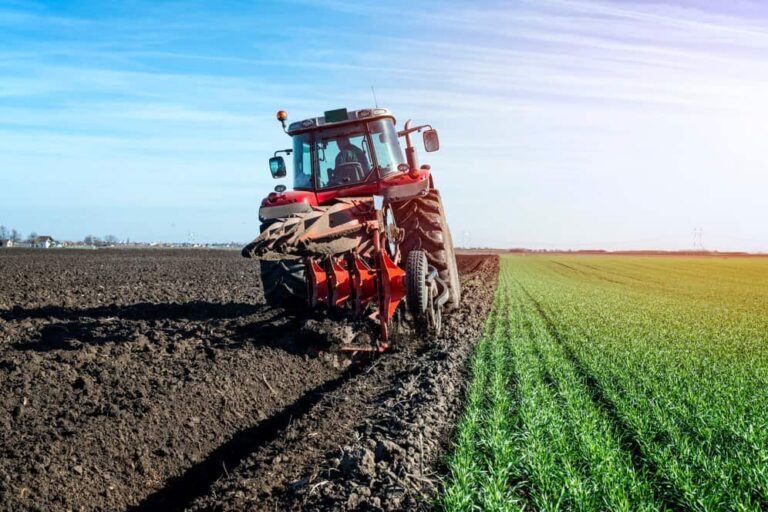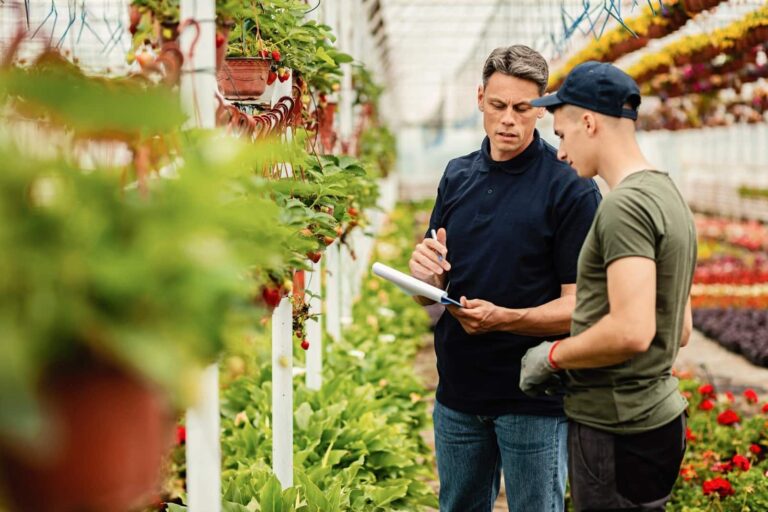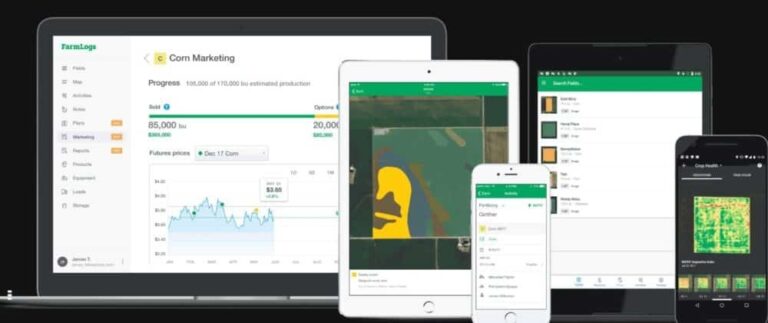Commercial agriculture represents the large-scale production of crops and livestock aimed at the marketplace. Distinguished from subsistence farming, where the primary focus is on self-sufficiency, commercial agriculture, or agribusiness, is designed to generate profit. This sector operates on extensive land areas, utilizing significant investments in technology, machinery, and high-yield varieties to boost production and meet the growing global demand for food and raw materials.
The Evolution of Farming: Technological Advancements
Over the past five decades, the agriculture sector has undergone transformative advancements, revolutionizing production scales, speeds, and overall efficiency. Innovations in seed irrigation, fertilization, and farming machinery have enabled higher yields, addressing the increasing food demands. Despite facing challenges such as land limitation and climate change, the push for more sustainable and ethical farming practices continues to shape the future of agriculture.
Commercial vs. Subsistence Farming: A Comparative Overview
While commercial agriculture focuses on profit generation through large-scale production, subsistence farming concentrates on meeting the immediate needs of the farmer’s family. The former demands substantial capital for advanced inputs and equipment, contrasting with the labor-intensive, manual approach of subsistence farming, which relies on natural fertilizers and pest control methods.
The Pillars of Commercial Agriculture
Commercial farming’s characteristics include its large-scale nature, aimed at producing sufficient quantities for both local consumption and export. Capital-intensive, it necessitates significant investment in land, machinery, and labor. The use of high-yielding varieties and modern farming equipment is crucial to achieving economies of scale and maximizing output.
Key Features:
- Large-Scale Production: Necessary to meet both domestic and international demand;
- Capital-Intensive: Significant investment in land and modern machinery;
- Use of High-Yielding Varieties: To enhance productivity and resist pests;
- Modern Equipment and Skilled Labor: Essential for efficient production;
- Year-Round Production: Enabled by artificial irrigation and controlled environmental conditions.
Diverse Forms of Commercial Farming
Commercial agriculture manifests in various forms, each catering to specific market needs:
- Dairy Farming: Focuses on milk production and other dairy products;
- Grain Farming: Practiced extensively in regions like India, producing staples like rice, wheat, and maize;
- Plantation Farming: Involves the cultivation of cash crops like coffee, rubber, and tea on large estates;
- Fruit Farming: Produces both common and exotic fruits, employing pesticides and high-yielding varieties for large-scale output;
- Livestock Ranching: Rears animals for meat production, supplying to urban markets;
- Mixed Farming: Combines crop cultivation with livestock rearing, utilizing animal waste as fertilizer;
- Horticulture: Grows ornamental plants and flowers for global markets.
Comparative Analysis: Commercial Farming vs. Subsistence Farming
| Feature | Commercial Farming | Subsistence Farming |
|---|---|---|
| Scale of Operation | Large-scale, aimed at mass production and export. | Small-scale, primarily for family consumption. |
| Objective | Profit generation through the sale of products. | Self-sufficiency and survival. |
| Investment & Inputs | High investment in technology, machinery, and inputs like fertilizers and high-yield seeds. | Low investment, relies on manual labor and natural inputs. |
| Labor | Combination of skilled and unskilled labor, often employs advanced machinery. | Mainly manual labor, family-based. |
| Production Method | Utilizes the latest agricultural technologies and practices for year-round production. | Depends on natural weather cycles, with limited use of technology. |
| Crop Variety | High-yielding varieties to maximize output and profit. | Traditional varieties, suited for local consumption. |
| Environmental Impact | Potential adverse effects due to intensive farming practices and chemical usage. | Lower impact, often uses organic farming practices. |
| Economic Focus | Market-oriented, contributes significantly to the national economy through exports. | Consumption-oriented, with little to no emphasis on the market economy. |
| Land Use | Extensive land use for monoculture or specialized crops. | Diversified cropping, mixed farming practices to maximize land use efficiency. |
Conclusion
Commercial agriculture is a cornerstone of global food supply and economic prosperity. With its diverse forms and significant role in socio-economic development, it underpins numerous industries and drives income generation for countries worldwide. Despite the challenges of land limitation and environmental concerns, the sector’s evolution towards more sustainable practices heralds a promising direction for the future of agriculture. Embracing technological innovation and sustainable practices will be key to enhancing productivity and ensuring the long-term viability of commercial farming.
